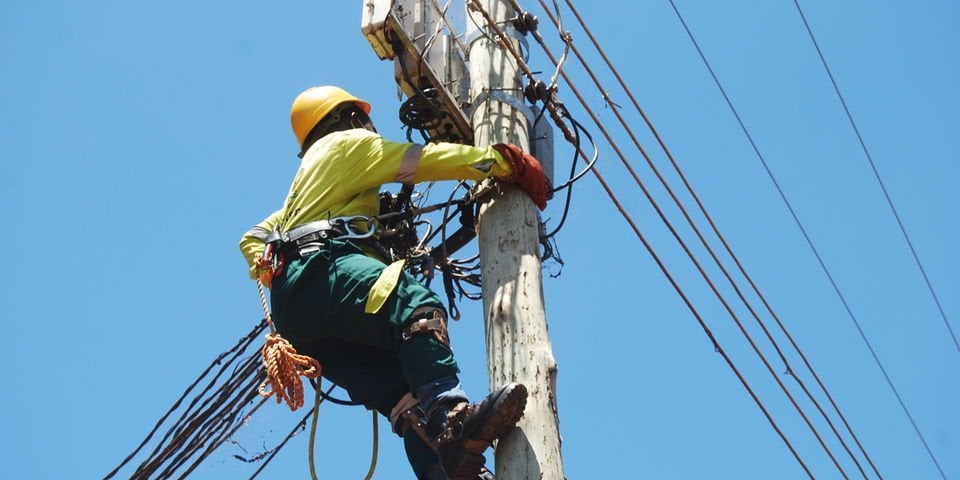Prime
Solve energy losses to achieve value for money - IMF tells govt

Energy losses have persisted due to a number of factors, which among others, include a poor transmission network. Photo / File
What you need to know:
- According to the IMF study persistent energy losses, raise questions regarding the value for money investments
Government must address persistent energy losses and transmission challenges to reach higher levels of infrastructure quality that have a corresponding support to economic activity, according to the study commissioned by the Ministry of Finance.
The study - Public Investment Management Assessment - which was compiled between June 16 and 29 by staff from the International Monetary Fund at the request of Ministry of Finance, and published on Monday, noted that government needs to address a number of inefficiencies in the energy sector to achieve a desired level of value for money.
The inefficiencies, the report noted, notwithstanding improvements in the energy sector in terms of installed energy capacity, remain a challenge and a drain on quality of investment.
“To reach higher levels of infrastructure quality and support economic activity, several areas of inefficiency … in the energy sector require addressing. There have been improvements in installed energy capacity. However, persistent energy losses, raise questions regarding the value for money of the investments,” the report indicated, noting that transmission challenges to transfer power from newly installed mini-hydropower stations are also a drain-on on investment.
Energy losses, which feed into tariffs, thus making electricity expensive, remain one of the biggest challenges in the energy sector.
And efforts to reduce the losses, though they have substantially come down, have not yet returned desirable results.
According to the study, whereas energy losses had been decreasing since 2016, they rose again in 2021, largely due to relaxation of enforcement, arising from Covid-19 related restrictions.
For instance, the study notes, energy losses decreased over the years from about 30 percent in the early 2000s to 17.9 percent in 2016, before dropping further to 17.7 percent in 2018 and 17.3 percent in 2019.
However, they has since increased in 2020, rising slightly to 17.4 percent, before increasing further to 18.4 percent in 2021.
The study, which was compiled by staff of the IMF’s Fiscal Affairs Department, among which included Eivind Tandberg, the head of the department, Imran Aziz, Eduardo Aldunate, Suzanne Flynn, and Willie Du Preez, also indicated that the perception of the quality of Uganda’s infrastructure showed steady improvements in the period to 2011 but has stagnated since then. However, the study noted improvements in perceptions over the past the 10 years driven by elimination of blackouts and load-shedding between 2007 and 2010.
The study also noted that challenges in electricity transmission continue to be a serious hurdle with a large amount of electricity remaining unevacuated due to lack of infrastructure.
The study specifically highlights the Lira-Gulu-Agago 132KV transmission project as one of the projects where there has been a particular challenge.
The report does not indicate which challenge the transmission line face.
However, in a previously report Uganda Electricity Transmission indicated that the Lira-Gulu-Agago 132kV Transmission Project, which seeks to provide transmission capacity to evacuate power from Agago/Achwa power plant and reinforce supply to northern Uganda and West Nile to meet un-served demand was at 91 percent implementation, with at least 1,337 project affected persons out of 1, 459 persons, already paid.
Deemed energy
Unevacuated electricity remains a challenge for government with billions of shillings paid to generators.
For instance, during the period ended June 2021, according to the Auditor General, government paid Shs87.7b for failure to dispatch or evacuate electricity generated by independent power producers for the 2020/21 financial year.
Unevacuated power also known as deemed energy is electricity that is available for dispatch by an independent power producer, but due to non-existent or a weak grid infrastructure and or insufficient demand, the power is not evacuated.
Government, under concessional arrangement is entitle to pay for such power. Uganda currently has generated electricity of capacity of about 1,300 megawatts, having grown from 800 megawatts in 2013.




